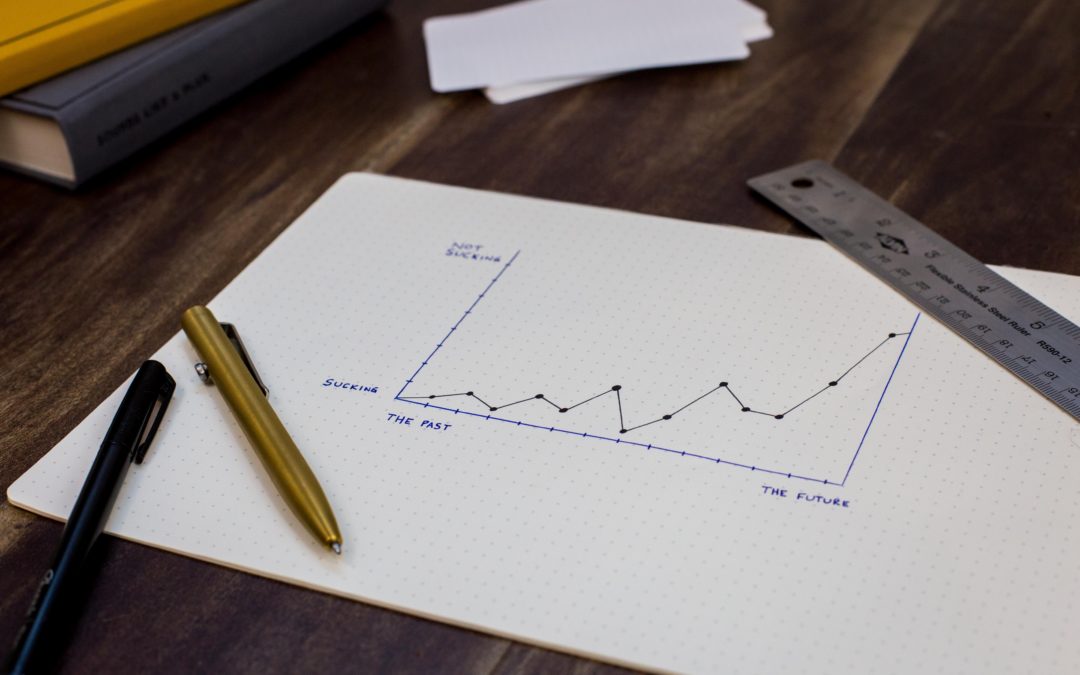The Hiscox Report provides insight into trends occurring in online art sales. This year’s report is presented a bit differently than usual. In order to track developments during the global pandemic, a short Hiscox report has been produced and further updates will continue throughout the year. As fairs, galleries, and exhibitions close for the safety of the public, the art industry has begun to move their community online.
According to Hiscox report, many online art sales platforms hope that the shift online will begin to improve growth rates. These rates have been gradually slowing throughout the last couple of years. The online art trade report shows that since 2015 online art markets have been on a steady decline. Before Covid-19 struck, the online art sales subdued at a 4% growth rate. Online art sales rose from 4636 million to 4819 million between 2018 and 2019. In 2019, Fine Art made up 32% of online art sales.
How has the art world adapted to the coronavirus pandemic?
As expected, due to the closure of art fairs, auctions, and exhibitions, the art market has increased its online presence. While some online platforms have struggled under the unexpected pressure of a pandemic, others have thought outside of the box and catered to their users so that art can be enjoyed from the comfort of your own home.
‘No longer will we have the joy and pain of crowded art fairs and gallery openings.’
Many sectors of the art industry have found innovative ways to continue a connection to the public during the pandemic. Google Arts and Culture, for example, was set up in 2016, after the onset of the pandemic they have collaborated with over 500 museums and galleries. This has provided virtual tours for the public.
The Metropolitan Museum of Art has created a series of 360⸰ videos taking viewers on a journey through The MET’s buildings and exhibitions. There is a lot of positive outlook for the museum community online. Many museums have moved to social media to share their collections. On Twitter, museums have been posting under the hashtag #museumfromhome to share insight into their exhibitions and collections.
After moving to virtual spaces many art fairs have found popularity online. Art Basel Hong Kong saw 250,000 visitors in one week after launching their online viewing rooms. The total value of the work exhibited comes in at around $270 million. It’s no wonder people expect this online model to gain popularity as the pandemic continues.
Museums, galleries and fairs are not the only ones adjusting to a virtual workplace. Many artists have found themselves relying on social media to promote and sell their artwork. Artists are also generating income through membership platforms such as Patreon. These platforms offer fans (patrons) exclusive content for the price of subscription. Platforms such as this have been popular for a few years as social media and content platforms often fail to provide their creators an adequate income. Within the first three weeks of March, Patreon reported that over 30,000 new creators launched on the site, creators also gained fans at faster rates than pre-Covid-19.
What does the future look like for the Arts Industry?
The trends toward the latter end of 2019 and the beginning of Covid-19 are a mixed bag of positive and negative. The good news is that many expect the online art industry to not only continue to grow but to thrive following the pandemic. 80% of online art platforms have a positive outlook for the next year. In addition, 65% of online sales platforms expect the current pandemic to provide a permanent change in the art industry. Most arts sales platforms believe that online platforms will become essential to art sales.
Around 67% of online platforms expect that the online art industry will reduce to a few global platforms in the next five years. This means the industry will have a few major players. However, 48% of online platforms also expect that an outsider, such as an existing company could cause major disruption to the art’s market. This could be a company that already has a monopoly over online sales. such as Amazon, or a start-up with improved technology.
2019 brought slow online sales growth to the art industry. However, due to Covid-19, things seem to be looking up for large online platforms. No one can say for sure how the pandemic will affect the art world, but many platforms hold out hope that it will permanently and positively change the way we interact with and purchase art online.

